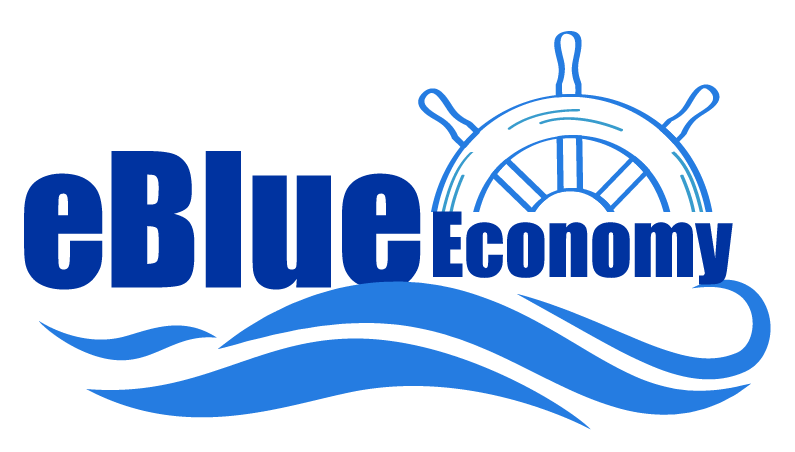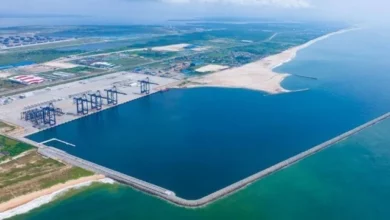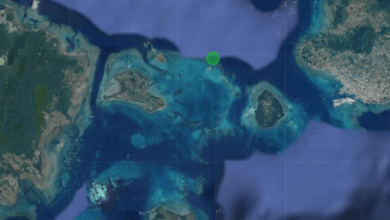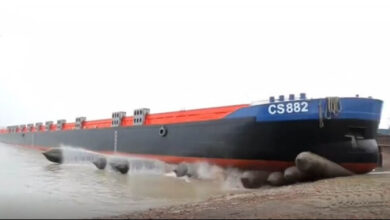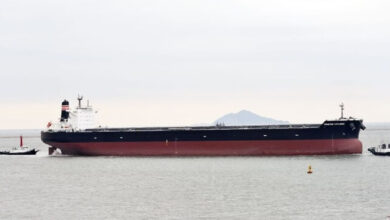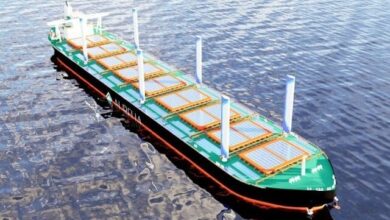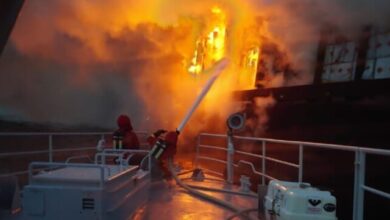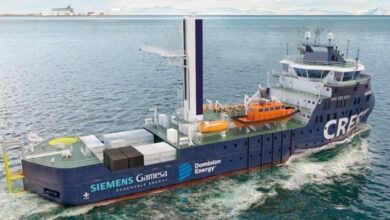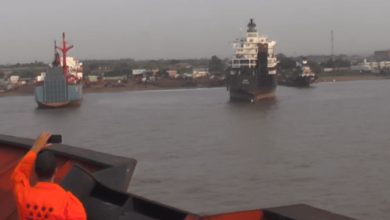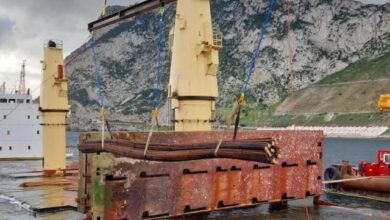

KTH have tested the seven meter long Oceanbird model with one wing on deck, in open water. Their focus was on the wing structure and keeping the rest as simple as possible, preparing for the big test in November.
As one of the partners in the wPCC project, which is behind the concept Oceanbird, KTH are conducting advanced tests on a seven meter model of the ship. The wings are an essential part of Oceanbird and is what makes the goal of 90 percent reduced emissions possible.
In the beginning of October, a group of students lead by Ulysse Dhomé, Project Supervisor at KTH, tested the model with one wing on deck at Viggbyholm Boat Club, north of Stockholm.
What was the main purpose of the test?
“To verify that the mechanical systems (wing actuation, structure etc.) were working as expected. The electronics was kept very simple. We controlled the wing, rudder and motors manually via Radio Control. In the coming tests, all of that will be controlled by an on board “brain” that will use wind sensors, GPS and a compass to decide how to change the sails and the rudder to follow a defined course.” says Ulysse Dhomé.
What function did the red and blue strings have?
“The red and blue wool threads are what we call “tell tales”. They give a visual indication of how the wind is acting on the wing. By looking at them we could turn the wing to find the optimum angle. Since we didn’t have sensors yet, this was the easiest way to trim the wing. This is exactly how most sailors trim their sails on normal boats; the only difference is that we were sitting on another one!”
Did the model behave as you thought with the first wing on?
“The wind was very low during the tests so it was not a very harsh stress-test, but overall everything went well and the boat behaved as expected. When we sailed without motors, we had to deflect the rudder at a constant angle in order to keep a constant course. On the other hand, if we did not do that, the boat was turning by itself. This have been predicted by the performance prediction tools that we developed in the project.”
What did you learn from the test that is important moving forward in the project?
“First, we were able to practice the mounting the wings, closing the hull and launching. The mounting solution was easy enough to handle and works well, so we will use the same principle for the next three wings for the model.
We also learned about specific components. Some still had to be tested, and therefore we had prototyped them with 3D printers. Some of them failed because of the strength of the plastic. Before they failed, we could prove that the technical solution was good, and are able to go further in manufacturing the real metal pieces.”
What is the next big step?
“The next big step is to go sailing with four wings! And this time, we will equip the boat with many sensors and a more advanced on-board computer to control the boat. Since everything will be more complex, we will need some trial and fine-tuning time in the lab before going in water. So far it seems that we will be able to do that at the beginning of November.
When we go in water the first time, I expect that we will have some challenges with the systems and then we will go back in the lab to improve these few parts. After we have done this, our goal is to go sailing regularly to evaluate the performance of the boat and we will try to do more advanced manoeuvres. Hopefully from mid-November, the boat is ready to sail almost every day and we can perform intensive testing!”
press release-

